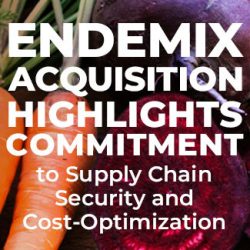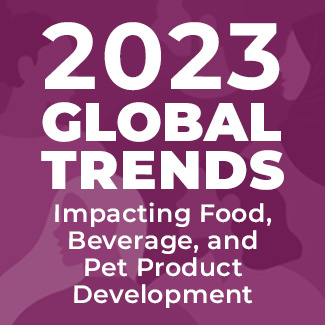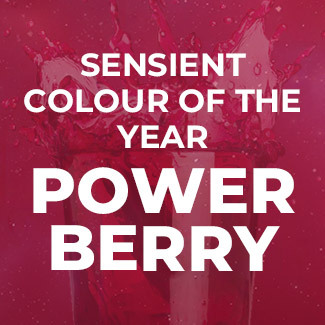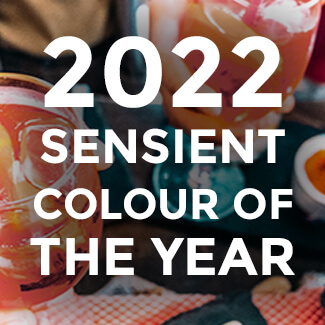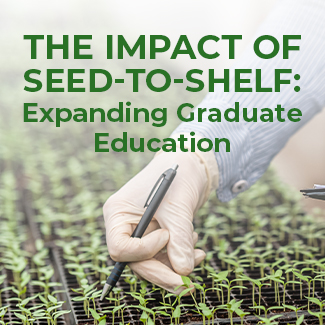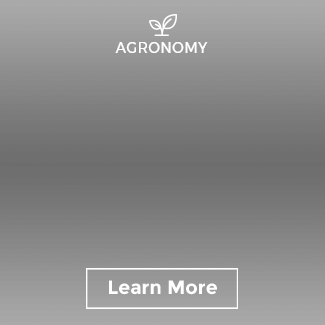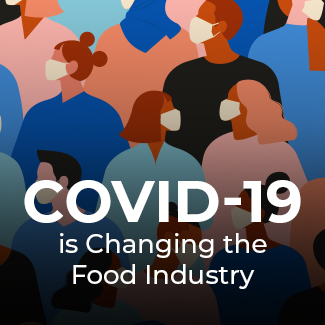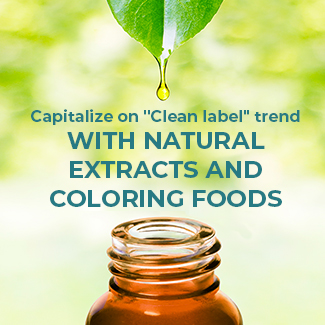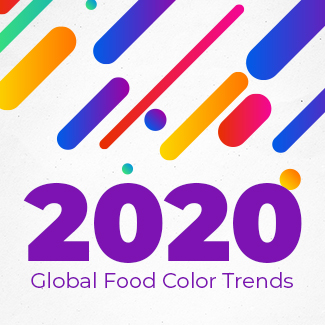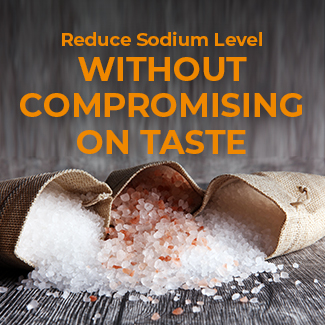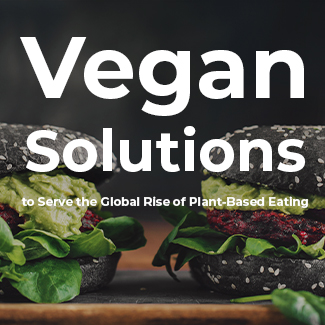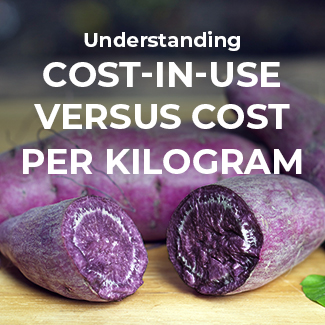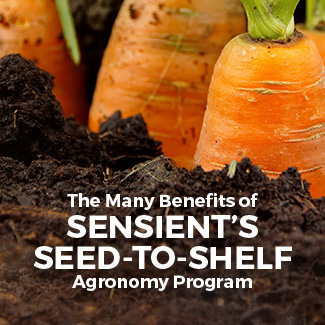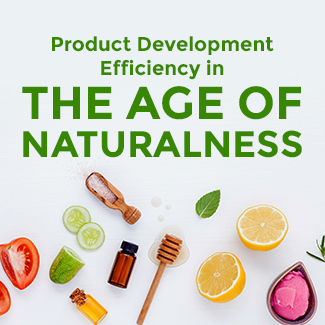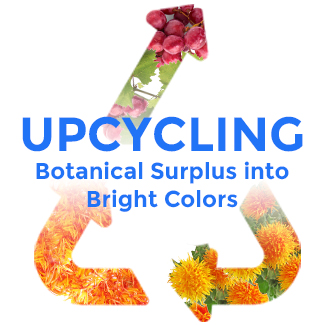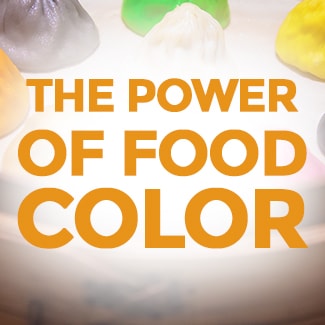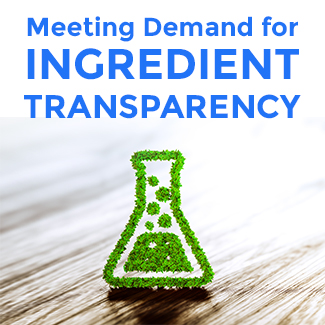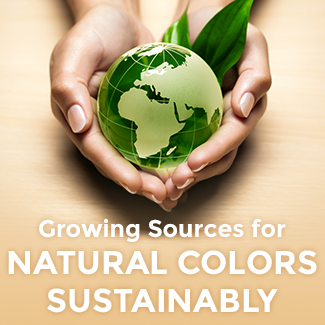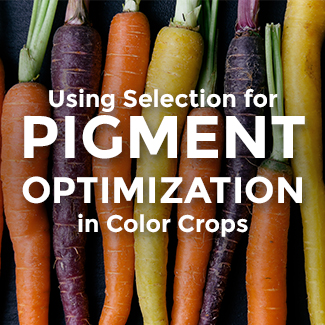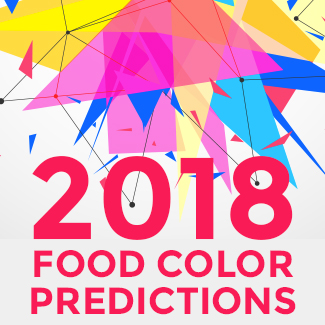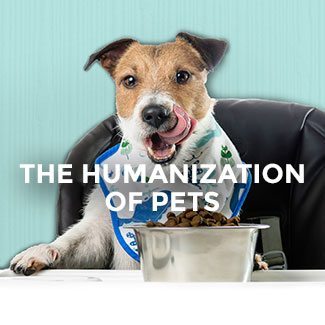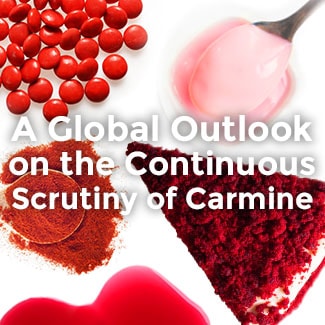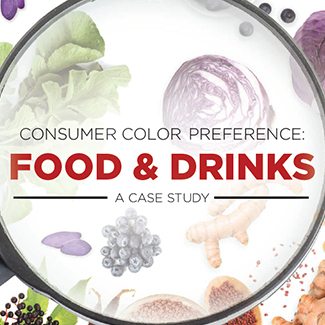Why Seed-to-Shelf Matters So Much
We recently announced the latest evolution of our food color business, with the addition of Sensient Food Colors Peru S.A.C. —our acquisition of the food color business from GlobeNatural. This was an important part of our ongoing initiative to innovate across the entire natural color value chain.
 Our expansion into Peru enables Sensient to participate earlier in the process flow for annatto and carmine and expands our suite of anthocyanin color sources as well. However, this announcement is just one piece of our larger initiative. As an example, Sensient is also running a full scale production on a new, high strength red radish. Additionally, we have several similar projects active around the globe.
While Sensient is already the most vertically integrated supplier of natural colors today, we still have opportunity to increase the breadth of our involvement in seed-to-shelf programs for color from natural sources. We believe our agronomy technology and process engineering expertise will provide food and beverage manufacturers with better natural colors if we engage across the value chain.
Our expansion into Peru enables Sensient to participate earlier in the process flow for annatto and carmine and expands our suite of anthocyanin color sources as well. However, this announcement is just one piece of our larger initiative. As an example, Sensient is also running a full scale production on a new, high strength red radish. Additionally, we have several similar projects active around the globe.
While Sensient is already the most vertically integrated supplier of natural colors today, we still have opportunity to increase the breadth of our involvement in seed-to-shelf programs for color from natural sources. We believe our agronomy technology and process engineering expertise will provide food and beverage manufacturers with better natural colors if we engage across the value chain.

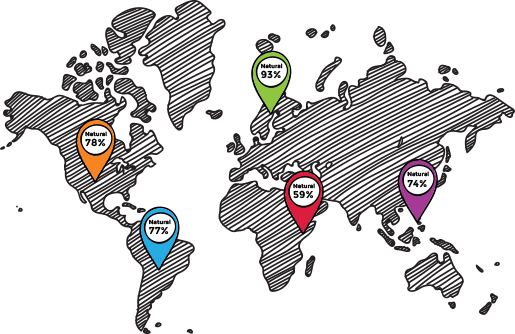
 4. SUSTAINABLE AND SOCIALLY RESPONSIBLE SOURCING:
As a company, Sensient Technologies is committed to sustainability. It is certainly possible to initiate agricultural programs that support sustainability efforts without any vertical integration, but from our experience, a greater impact is made when we have a larger, vested presence.
4. SUSTAINABLE AND SOCIALLY RESPONSIBLE SOURCING:
As a company, Sensient Technologies is committed to sustainability. It is certainly possible to initiate agricultural programs that support sustainability efforts without any vertical integration, but from our experience, a greater impact is made when we have a larger, vested presence.
 Agricultural R&DThe development of innovative farming techniques that will maximize production of color crops
Agricultural R&DThe development of innovative farming techniques that will maximize production of color crops
 Seed breedingThe development of color crops with superior genetics using natural breeding technologies
Seed breedingThe development of color crops with superior genetics using natural breeding technologies
 Seed productionUniform and high quality seeds for planting to maximize the output and meet demand
Seed productionUniform and high quality seeds for planting to maximize the output and meet demand
 PlantationsIdentify partners in optimal locations to ensure sustainable and socially responsible farming
PlantationsIdentify partners in optimal locations to ensure sustainable and socially responsible farming

Sensient’s agronomy team checks
on color crops in Europe
Why does this matter for food manufacturers?
As consumers around the world transition away from additives in general and especially ingredients viewed as synthetic, it is becoming more critical for Sensient to provide innovation across the natural color value chain. Here are the four key reasons:
1. TRANSPARENCY:
In their recent 2018 Global Food & Drink Trends report, Mintel identified ‘Full Disclosure’ or transparency as their first macro consumer trend. According to the research firm: “In our new post-truth reality, consumers require complete and total transparency from food and drink companies”. Similarly, Nielsen’s Global Health and Ingredient Sentiment survey indicates that more than 70% of consumers around the world “feel more positively about companies that are transparent about where and how products were made, raised, and grown”. Obviously, companies must first know where their food color is grown in order to be transparent about it.
2. COST-IN-USE:
Why are natural colors more costly than their synthetic counterparts? In short, it is because colors from botanical sources typically contain less than 2% pigment versus 90% in a synthetic dye. While improving extraction technology can certainly help reduce cost-in-use, the major gains will come from improved color crop seeds and innovative agricultural practices.
3. SUPPLY AND COST CERTAINTY:
While the food color business has thus far avoided large scale supply disruptions, the industry is no stranger to short-term pricing volatility due to geopolitical disturbances and adverse weather.Sensient is committed to providing a greater level of stability to food manufacturers globally.With global use of natural colors and coloring foods approaching eighty percent, ensuring sufficient supply requires careful long-term planning.

Use of Natural Color in New Product Launches
% of food & drink product launches using natural color & coloring food in 2017
Source: Mintel GNPD 2017 4. SUSTAINABLE AND SOCIALLY RESPONSIBLE SOURCING:
As a company, Sensient Technologies is committed to sustainability. It is certainly possible to initiate agricultural programs that support sustainability efforts without any vertical integration, but from our experience, a greater impact is made when we have a larger, vested presence.
4. SUSTAINABLE AND SOCIALLY RESPONSIBLE SOURCING:
As a company, Sensient Technologies is committed to sustainability. It is certainly possible to initiate agricultural programs that support sustainability efforts without any vertical integration, but from our experience, a greater impact is made when we have a larger, vested presence.
How does agronomy address these issues?
A few years ago, we recognized the key issues outlined above and developed an ambitious agronomy initiative to coincide with the food industry’s transition to color from natural sources, specifically color derived from botanicals.“Sensient’s agronomy program focuses on pigment maximization to drive better performance at given cost-in-use targets.”The agronomy initiative has four areas of focus:




 PIGMENT MAXIMIZATION
PIGMENT MAXIMIZATION
What does the future look like for food colors?
Formulating with natural color is considered by many to be much more difficult than it is with synthetic versions. As our food color experts often like to say – “with synthetic, we can get by with the 8-pack crayon set, but when it comes to natural, we need the full 64”. It’s a good way to think about the difference, and it has various implications. There will always be a degree of specialization across the natural color value chain since a broad range of sources are required. The benefits of improved supply, certainty, cost optimization, and food safety are just too important. Our aim at Sensient is to build on our leadership position by vertically integrating the supply chain. Our newest site constributor and agronomy program leader, Vergel Concibido, will open the doors for greater transparency in our seed-to-shelf story. As always, please reach out to me if you would like to learn more about our program.©2025 Sensient Colors LLC, all rights reserved. THE SENSIENT trademark and the Sensient Technologies Corporation logo are owned by Sensient Technologies Corporation.
Related Posts












